 © JIVE
© JIVE
Like Hamlet pondering the jester's scull, a newspaper page like this makes one dwell on the transience of human affairs. The other items on the page, however momentous they may have seemed at the time, mean very little to the vast majority of today's twittering punters. Incredibly, even Sir Alex Ferguson, Michael Jackson and Pim Fortuyn will be forgotten one day. And when, sooner rather than later, we leave behind a ruined and exhausted planet, it will insult our memory by regenerating very quickly, obliterating all traces of our brief stewardship.
So, when we go gently into the night, raging against the dying light(*), our only hope of a lasting monument to our species may be our cumulative scientific understanding. What else? Thanks to careful observations, combined with the truly divine gift of mathematics, we are able to rise above the stifling embrace of human measure. With any luck, and a lot of hard work, this may eventually earn us a better footnote in the Hitchhiker's Guide to the Galaxy(**). We might yet be proud of having belonged to a species that came to understand the Universe(s).
In the picture above, only the top-left article points in that direction. But at least there is one, and on the front page of the New York Times, no less. So let us continue the noblest of quests, as sensibly as we can.
(*) Dylan Thomas, of course.
(**) The current one is "mostly harmless"
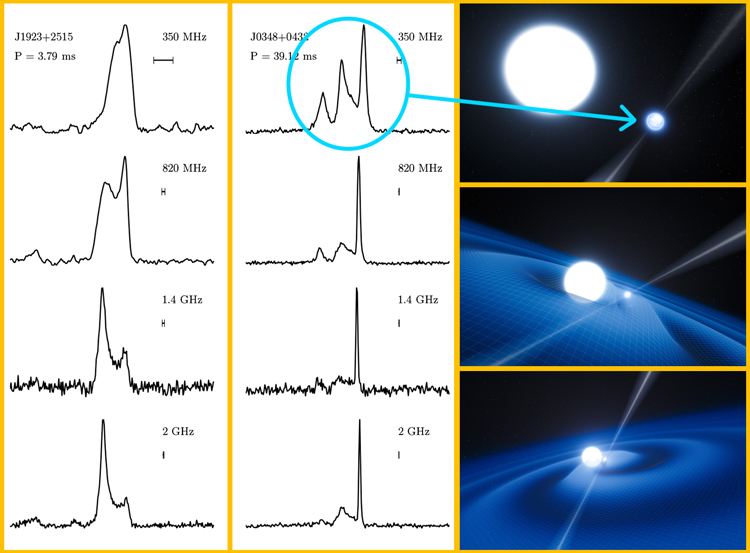 © ASTRON/ESO/Authors
© ASTRON/ESO/Authors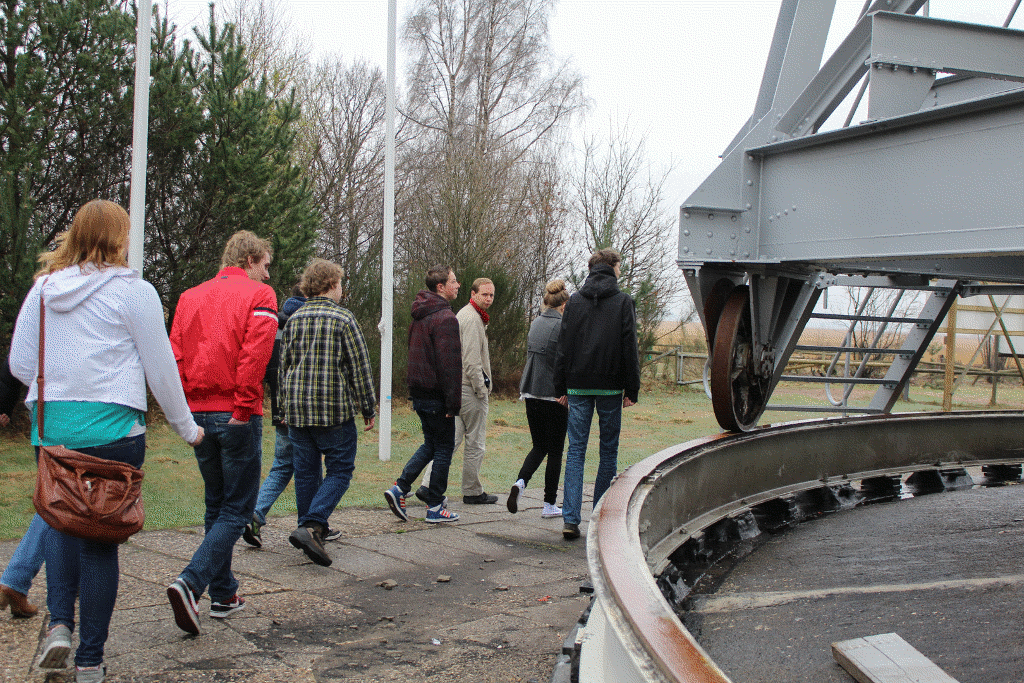 © Alec Meijerink (CSG Bogerman)
© Alec Meijerink (CSG Bogerman) © ASTRON
© ASTRON © Fatemeh Tabatabaei
© Fatemeh Tabatabaei © various
© various © ASTRON
© ASTRON © Dan Harris
© Dan Harris © ASTRON
© ASTRON © The Dark Energy Survey collaboration
© The Dark Energy Survey collaboration © ASTRON
© ASTRON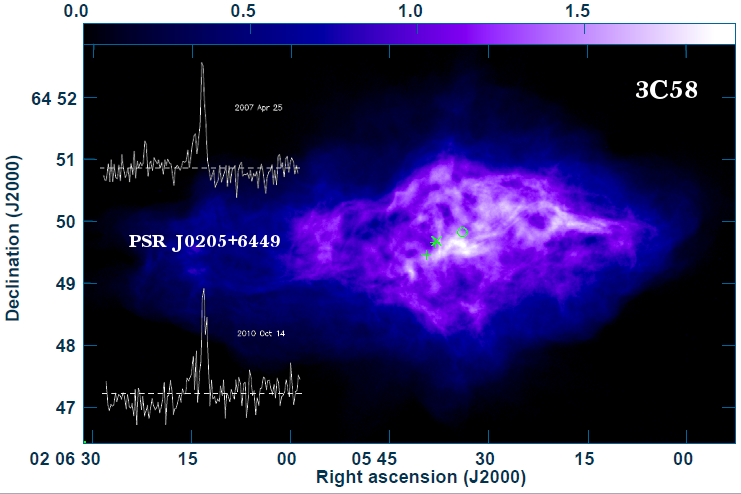 © Michael Bietenholz (HRO/York University)
© Michael Bietenholz (HRO/York University) © ASTRON
© ASTRON © ASTRON
© ASTRON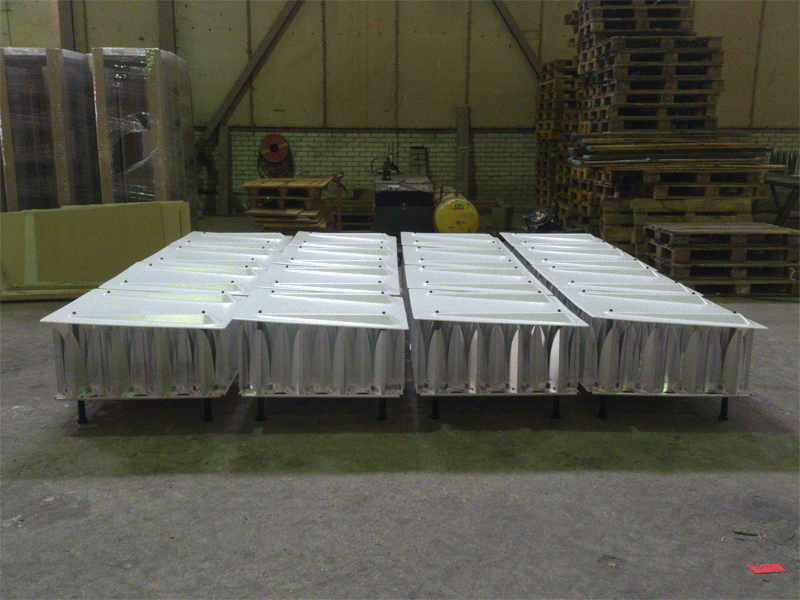 © ASTRON
© ASTRON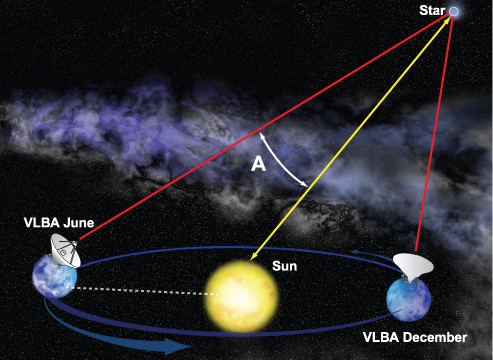 © Astron & Bill Saxton, NRAO/AUI/NSF
© Astron & Bill Saxton, NRAO/AUI/NSF © JIVE / NEXPReS
© JIVE / NEXPReS © JIVE UniBoard team
© JIVE UniBoard team © NL SKA Office
© NL SKA Office © MCC
© MCC